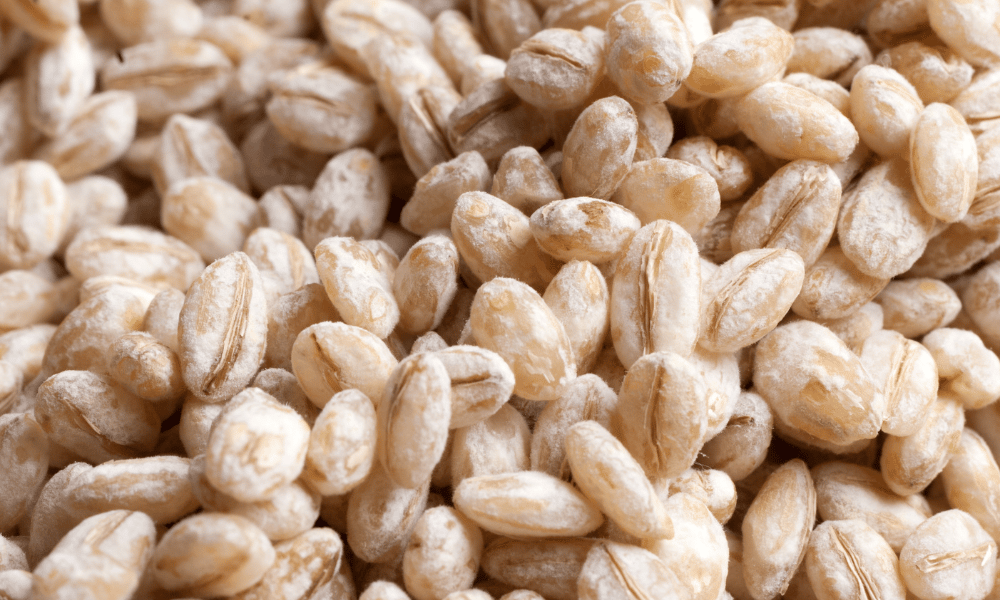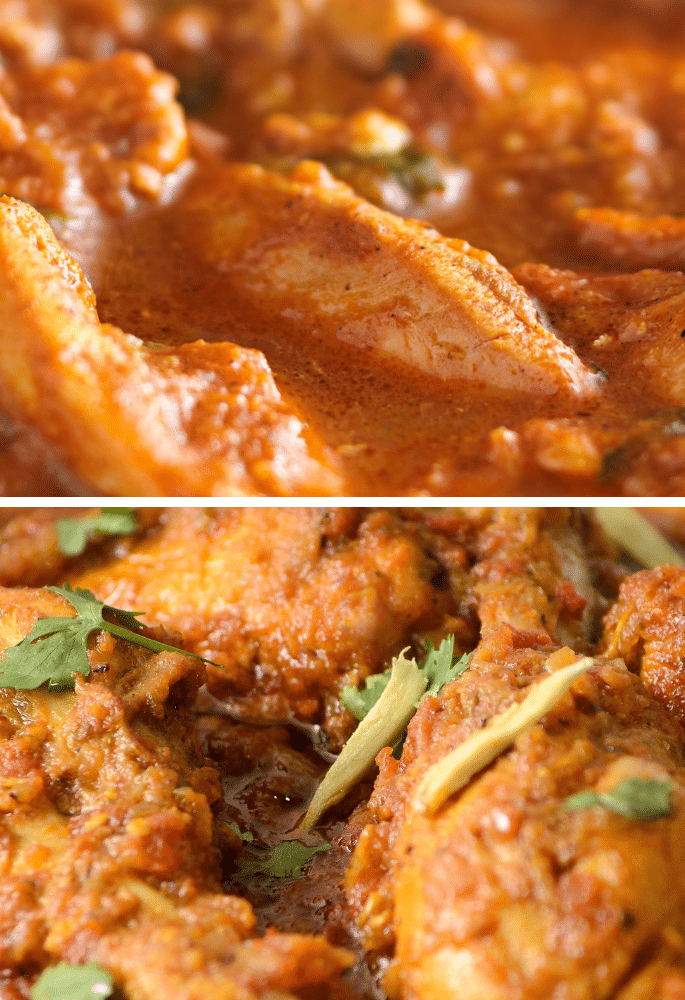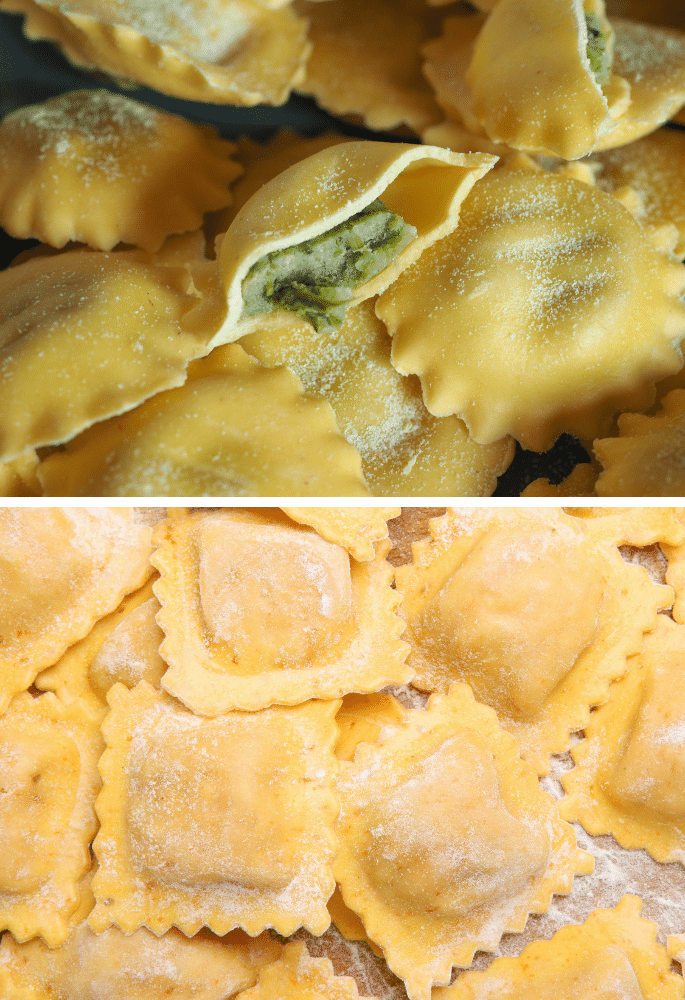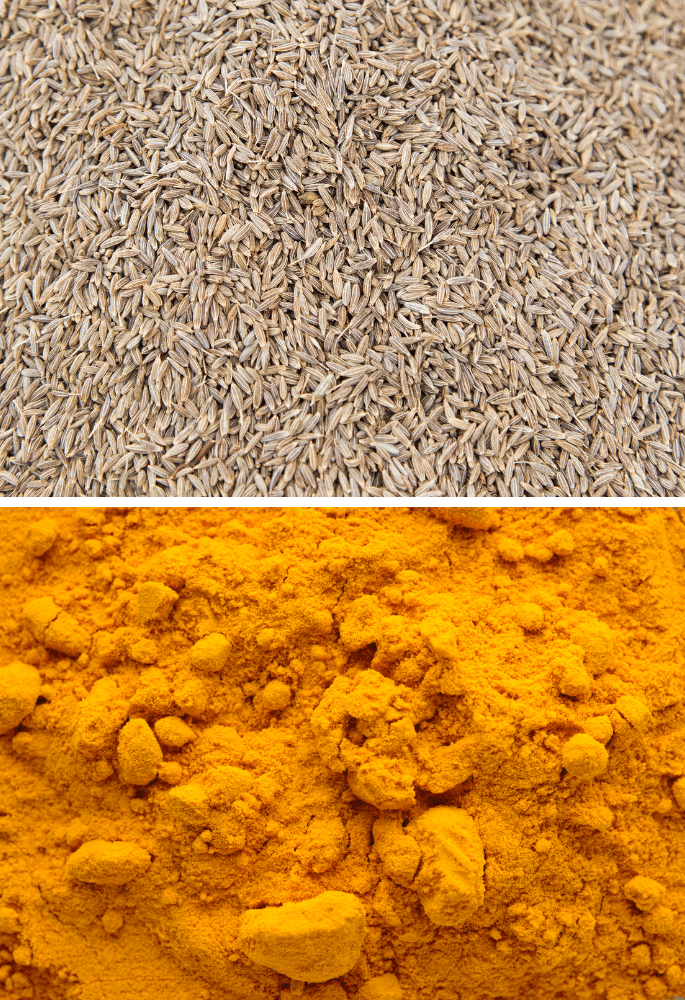Some Asian ingredients have taken over Western cooking and are now thoroughly integrated into everyone’s kitchen. Soy sauce, teriyaki and fish sauce are just a few of the ingredients you may have stocked in your pantry.
Though they are not as well known in the UK and America, ponzu and shoyu are staples in many Japanese households, just as cheddar or ketchup are in the UK. If you are not familiar with ponzu or shoyu then you may confuse one ingredient for the other, but they are not entirely the same.
What separates ponzu from shoyu are the different emphasises on flavours. Ponzu’s most dominant and instantly identifiable flavour is a tangy, citrus sweetness. Shoyu, while still sweet, has a more significant umami focus.
What is Ponzu?
Those who already know about ponzu may be surprised by its Dutch origins. Ponzu is believed to be a derivative of the Dutch word for punch (the fruity drink). Though ponzu is almost exclusively used in Japan nowadays, its name still tells you everything you need to know about the sauce.
Ponzu uses citrus juice as its base, creating a very tangy and citrusy condiment. Yuzu (a popular Japanese citrus fruit) or yuzu juice is the most common citrus used when making ponzu.
Some commercial ponzus use lemon, lime, or orange juice instead to get that tangy effect.
Mirin and rice vinegar are used, which complements the natural sweetness of the citrus juice, bringing forth that dominant flavour. Umami is also added to ponzu in the form of soy sauce, dried shredded tuna, and sea kelp.
These extra ingredients give ponzu a burst of umami and slightly underhanded saltiness. But instead of overpowering the tangy sweetness of the citrus and mirin, the salty umami helps to balance and enhance the flavours.
There are no limits to how you can use ponzu. It can be used to flavour sauces or be drizzled on top of salads for that perfect zing. Just don’t add the sauce too early in the cooking process or it will start to lose its impact.
What is Shoyu?
Some people think that shoyu is a typical soy sauce, but that is not entirely accurate. Shoyu is an umbrella term used to describe the Japanese version of soy sauce.
You may already have used shoyu without realizing it.
It is the go-to condiment used across Japanese cuisine and can often be found on the table at a Japanese or sushi restaurant. Unless you are paying close attention, you may mistake the shoyu for regular soy sauce as it is a very similar colour and consistency.
Shoyu is made using fermented soybeans. The beans are encouraged to ferment with the use of koji, which is a specific fungus used by Japanese soy sauce manufacturers to pull as much umami out of the soybeans as possible.

Salt is also added to the mix, though not as much as other soy sauce varieties. Instead of being an overwhelming flavour, the salt is a balancing flavour for the umami.
This makes shoyu easier to use in soups, marinades, and sauces than other soy sauces, as you will not have to worry about using too much and making your dish too salty.
Shoyu has a unique sweetness that comes from the use of wheat. The wheat and soybeans are used equally, then as the soybeans ferment and the wheat breaks down, a natural sweetness mixes with the umami.
The final result is a savoury/ sweet sauce with a salty kick.
Shoyu Comes In Many Varieties
There are around 5 types of shoyu, ranging from light shoyu to twice-brewed shoyu, though dark shoyu (koikuchi shoyu) is the most common.
Shoyu can be used in the same way as soy sauce. It can be used a dip for dumplings and sushi, or it can be used as the base ingredient in marinades.
Similarities Between Ponzu and Shoyu
Unless you are a connoisseur of Asian sauces, there is a good chance that you will likely mix ponzu and shoyu up as they have ample similarities:
- Uses and Purposes – Neither ponzu nor shoyu are as overwhelming as other Asian sauces. That is why you can use them in a range of dishes for a variety of reasons without risking ruining your dish. They can also be used as table condiments or dipping sauces.
- Japanese Association – Though ponzu is thought to initially be a Dutch invention, ponzu today is undoubtedly tied to Japanese cuisine. Shoyu takes the popular Chinese soy sauce and puts it through a Japanese twist, making it a wholly Japanese ingredient.
- Sweet Balance – Sweetness is a key flavour in ponzu and shoyu. It is what helps to make the umami in both sauces so palatable, making it easier to pair with more delicate meats or fish.
Differences Between Ponzu and Shoyu
There are some key differences between ponzu and shoyu that will affect your dish if used incorrectly:
- Dominant Flavours – Ponzu and shoyu have the same base flavours but have flavour profiles that put emphasis on different tastes. A citrus tang and sweetness is the main flavour of ponzu, while shoyu has more umami.
- Levels Of Salt – Neither ponzu or shoyu are as salty as Chinese soy sauce, but salt is still evident in the sauces, just at different levels. Shoyu is, at its core, a type of soy sauce and so is much saltier than ponzu. Make sure to use less salt in your dish if you use shoyu.
- Heat Resistance – The citrus juice used in ponzu does not manage heat as well as the fermented soybean base of shoyu. You can add shoyu at any point in your cooking process but you should wait to add ponzu to your dish until the last moment to ensure it retains its flavour.
- Appearance – Most ponzu manufacturers will use soy sauce to give the ponzu its umami kick. However, the colour of the ponzu does not change much, remaining a pale green from the yuzu juice. Shoyu has a very similar appearance to soy sauce with a deep red/ brown colour.
Ponzu vs Shoyu: Which Wins?
Do you know which you would vote for in a battle between ponzu vs shoyu? Then put your mark against your favourite below:
Do You Prefer Ponzu or Shoyu?
Ponzu and Shoyu FAQs
Do you have other questions about ponzu and shoyu? Then these FAQs might be interesting:
Not quite! Although shoyu is soy sauce, not all soy sauce is shoyu. Shoyu is a term for all soy sauce in Japan, but there is soy sauce in other countries which would not be shoyu.
You can make a cheat’s ponzu sauce by adding citrus juice to soy sauce with a few drops of mirin.
Acacia may be a freelance writer by day, but they are a food fanatic by night. They are always trying out new recipes or finding different ways to elevate classical dishes. But their biggest culinary aim is to educate others on the basics of the kitchen so that they too can enjoy delicious food.











